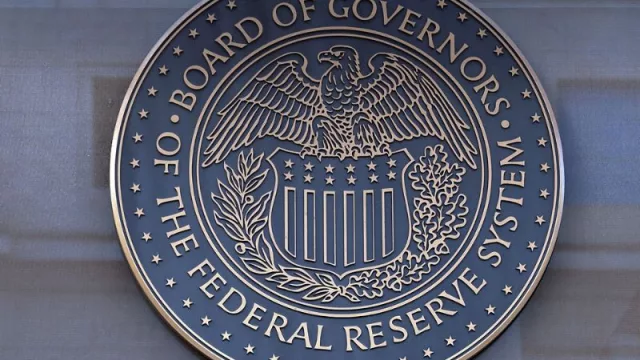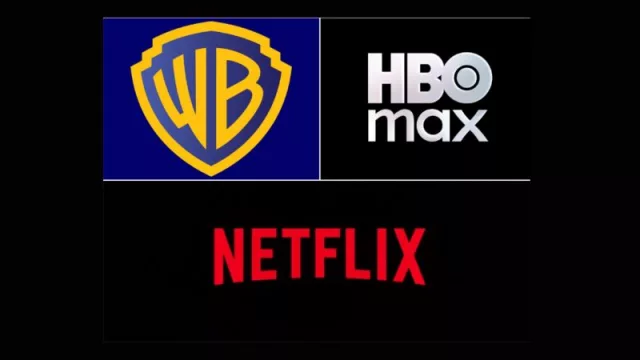Summary and Tips:
Excessive government spending, bureaucracy, and oversized administrations are not just issues for countries like Colombia, Brazil, or several in Europe. It's a problem that needs to be tackled with more sensible and statesmanlike visions, not with dogmas. This issue isn't just for Trump, Milei, and Meloni to face. Any country with a significant portion of its (bad) debt rooted in state corruption, oversizing, bureaucracy, and excessive spending must clean up its finances through natural resizing.
To do this, and start paying off debts, it's always necessary to "cool not just the spending but also lower the rate, slow the economy down a bit, and dilute the debt as much as possible." It may be uncomfortable, but no one moves forward without lowering the fever, the infection, and stopping the bleeding. Like it or not.
Will the Fed help Trump and the USA, or will ego and conservatism prevail?
Summary: The Fed is expected to maintain its cautious stance, keeping the fed funds rate unchanged in March 2025 due to economic uncertainty and the new Trump Administration's trade policies. The U.S. economy showed solid growth in 2024 but a mixed start in 2025, with a robust labor market and inflation slowly moving toward the 2% target.
Clearly, for any country, it's essential that institutions and their actors deliberate and work together for the best outcome, beyond their ideologies, dogmas, and beliefs. That's being a statesman, not a statist.
The Fed's decision to keep interest rates unchanged in March 2025 reflects a strategy of caution in an uncertain economic and political environment. Neuroscience helps us understand how these decisions can influence consumer and market emotions and behaviors. As the Fed navigates this complex landscape, its ability to communicate stability and confidence will be crucial in maintaining economic balance.
Tip 1: Keep a close eye on the Fed's dot plot to understand FOMC members' projections for future interest rates.
Tip 2: Pay attention to inflation data and consumer confidence, as these indicators will be crucial for the Fed's future decisions.
The Fed's Decision... "Pilate's Choice"
Economic decisions are influenced by emotions and perceptions of risk. By keeping interest rates unchanged, the Fed aims to convey stability and confidence in a high-uncertainty environment. This strategy, based on rational decisions, also has its ideological bias to convince consumers and markets to maintain a more balanced perspective, seeking to "sustain" structures. Meanwhile, Trump wants to clean up the structures. It's clear that what's called "predictability or continuity" can be a slow, sure direction toward the iceberg, just like the Titanic. Changing direction may be uncomfortable, but it's much more coherent.
Economic and Financial Conditions
U.S. GDP growth in 2024 was 2.8%, driven by strong domestic demand. However, 2025 started with mixed data and declining consumer confidence, reflected in a 7-point drop in the Conference Board Index. The labor market remains solid, with a stable unemployment rate of 4.1% and an average monthly job creation of 200,000 from December to February. Inflation, while declining, remains high, with general inflation at 2.8% and core inflation at 3.1%.
Impact of Trade Policies
The new Trump Administration has introduced trade policies aimed at streamlining the market, including tariffs that could increase competition and shift players. The Fed must balance these risks with the potential moderation of economic growth due to uncertainty.
Volatility in Financial Markets
It's natural for changes to cause movements; this has led to increased volatility in financial markets, with treasury yields falling and the S&P 500 accumulating a 6% loss for the year.
Recent Fed Messages
The Fed's recent messages have reinforced expectations of a pause in March, with FOMC members emphasizing the need for more clarity on the impact of trade policies before adjusting interest rates. Jerome Powell has highlighted the importance of distinguishing "signal from noise" in this evolving context.
Medium-Term Outlook
The Fed faces a complex risk map. Our baseline scenario is that the Fed will maintain the pause until the end of 2025, although the risks of an earlier adjustment have increased and would be most appropriate, despite the usual dogmatists.
From a neuroscience perspective, the Fed's ability to convey calm and confidence will be key to mitigating negative emotional responses in the market.
-
Stay Connected with Infonegocios Miami!
-
Subscribe for free at:
-
Contact Infonegocios MIAMI:












Tu opinión enriquece este artículo: